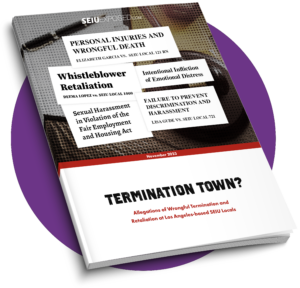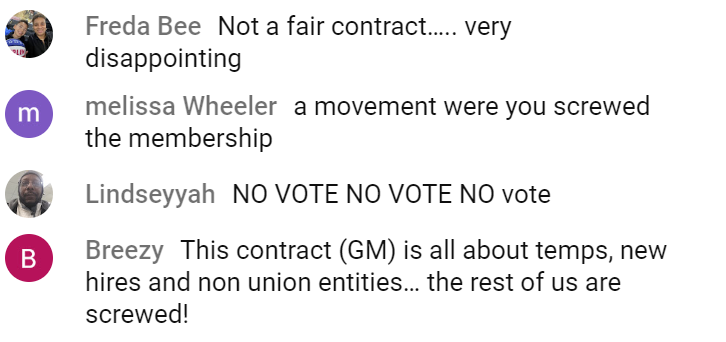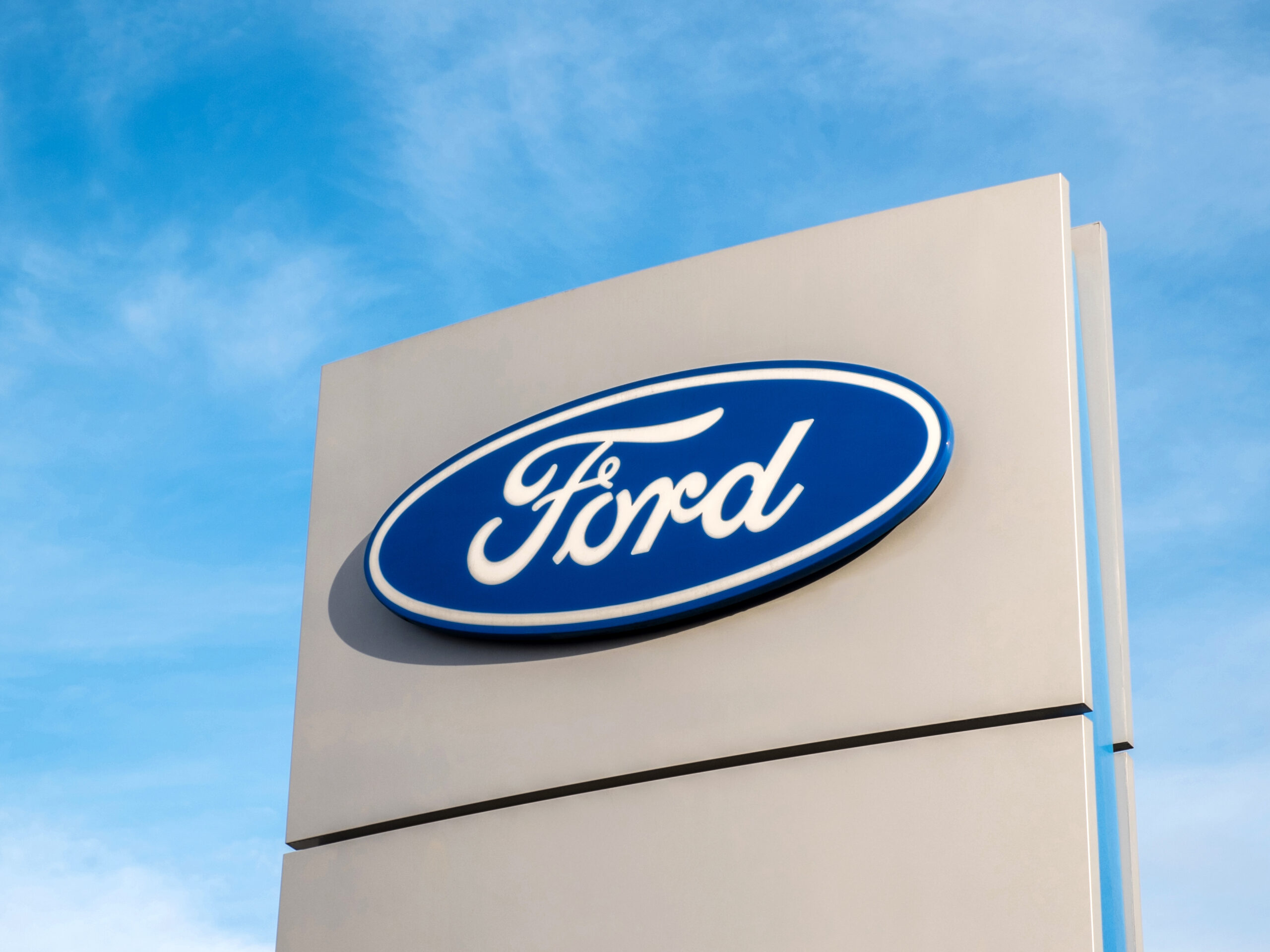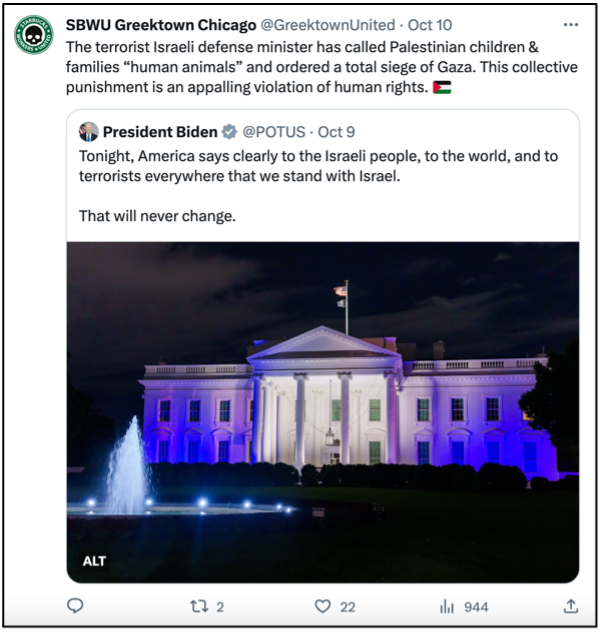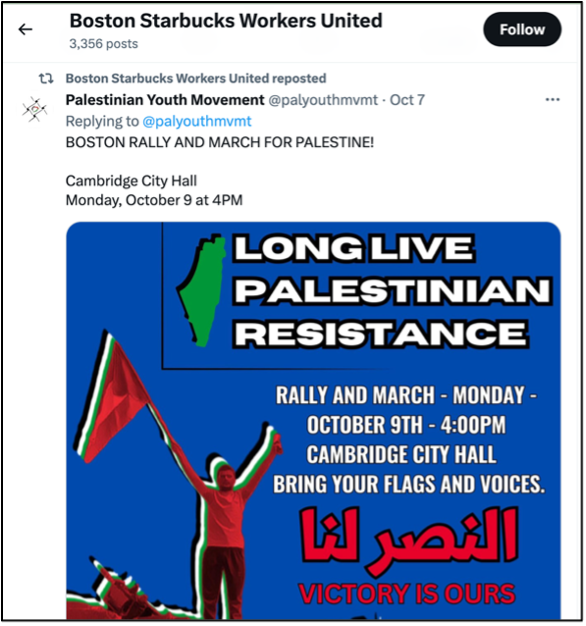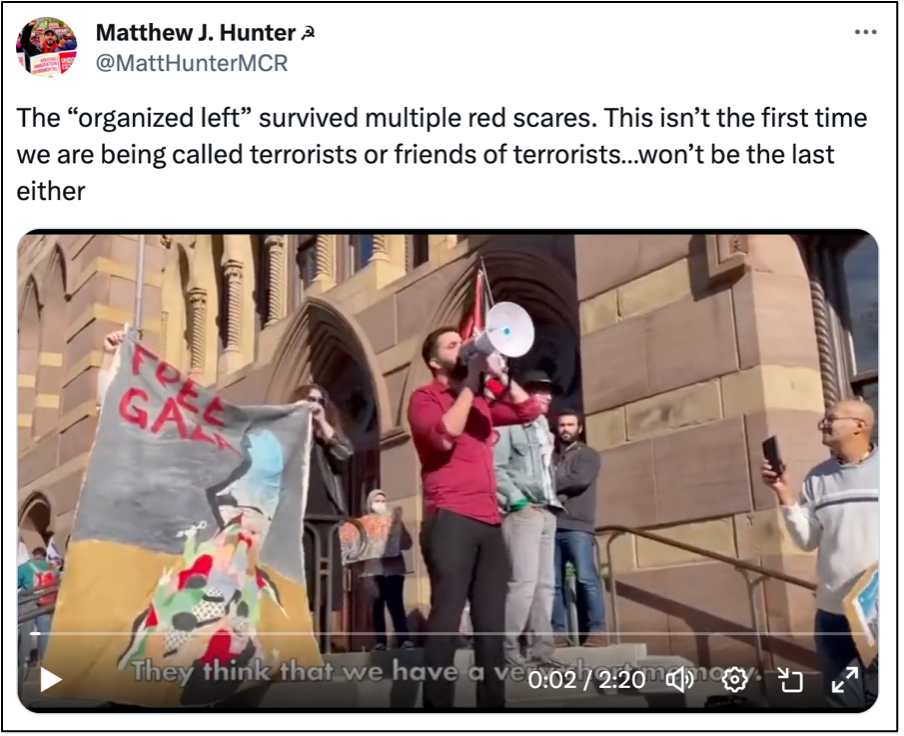 Enmeshed in a legal battle with Starbucks, the Service Employees International Union (SEIU) and its affiliate Workers United have not been without controversy. That seems unlikely to change now that information has come to light showing discontent among its membership.
Enmeshed in a legal battle with Starbucks, the Service Employees International Union (SEIU) and its affiliate Workers United have not been without controversy. That seems unlikely to change now that information has come to light showing discontent among its membership.
A Freedom of Information Act (FOIA) request recently released by the National Labor Relations Board (NLRB) reveals that over one-hundred decertification efforts have been made against the SEIU and Workers United since 2020.
Apparently, Starbucks Workers United – the division of Workers United organizing baristas across the country – is also not immune from the discontent spreading at the union as workers petition to decertify.
Workers at over a dozen Starbucks locations across the country have filed decertification petitions since the beginning of 2023.
Even the home of the organize Starbucks movement – Buffalo, NY– had a store file a petition to decertify Workers United. Other states with Starbucks locations attempting to decertify include; California, Colorado, Florida, Minnesota, North Carolina, Ohio, Oregon, Pennsylvania, Utah, and Virginia.
The SEIU has also run up a spate of decertification efforts going back to 2020. The total amount of decertification petitions filed totals just over one-hundred. Sixty of these petitions were put to a vote and over twenty-five of them were successful in their attempt to decertify.
The largest successful decertification effort took place at Research Medical Center facilities in Kansas City, MO. Nearly 400 employees voted on the measure and the majority rejected the SEIU’s representation. One employee stated, “For years, promises the SEIU has made have not been kept, and they continue to take our hard-earned money with no value in return.”
Research Medical Center also reported that non-members of the SEIU would get raises much quicker than members of the union. Another employee expressed discontent with the union stating, “The SEIU has not represented us fairly, nor provided us the value they claim. This process, which was our choice and our voice to remove the SEIU from Research Medical Center, started in March. Today, we can finally realize our efforts.”
The woes at the SEIU and Workers United will likely continue as more members try to free themselves of the union’s representation.

